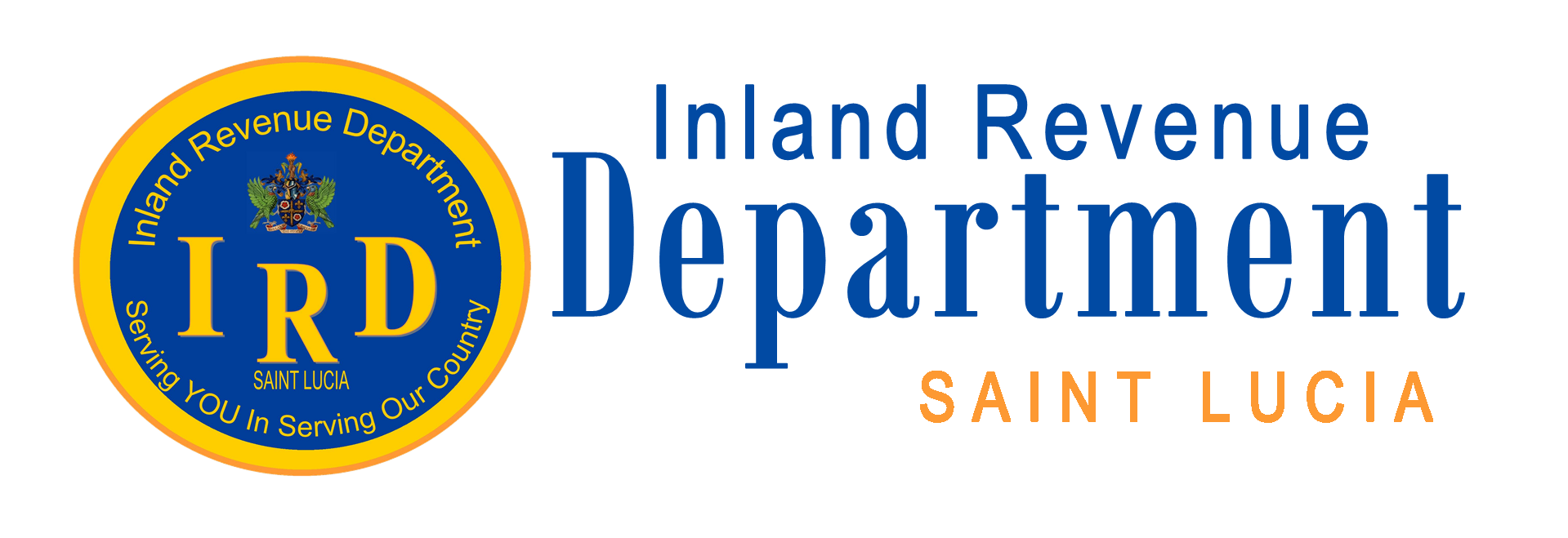An Introduction to V.A.T.
Value Added Tax or VAT as it is commonly known is an indirect tax charged on taxable imports and the added value to taxable goods and services, supplied to one business to another or to a final consumer.
VAT is designed to ensure that most forms of consumer spending are taxed evenly and fairly.
VAT is not a tax on the seller for it is the buyer who pays the tax.
VAT is not an additional tax but it will replace the following taxes:
- Consumption Tax
- Environmental Protection Levy
- Motor Vehicle Rental Fee
- Mobile Cellular Telephone Tax
- Hotel Accommodation Tax
What is Added Value?
As goods and services progress through the production and delivery process extra costs are incurred. These costs include employee wages, transport, storage and other overheads plus profit mark up.
Such expenses or charges represent the Value Added to the goods or services.
How and When Is Tax Charged?
VAT is charged when taxable goods are imported or when taxable goods and services are sold or provided.
VAT is added to the selling price of the goods or services. The VAT is, therefore, collected by the seller.
Can Anyone Charge VAT?
No. Only those businesses that are registered for VAT with the Inland Revenue Department (IRD) can charge VAT.
In order to charge VAT, a business must meet a particular Threshold. The threshold is the minimum sales of taxable supplies for a business in one year.
The threshold for Saint Lucia is $400,000.00.
Examples of taxable supplies include:
- goods for sale
- commission received
- commercial rent
- sales of assets
- management fees
- import of service
If You Are A VAT-Registered Business, You Will:
Charge VAT on the goods and services you provide that are taxable and
Claim the VAT you pay when you buy goods and services that are taxable for your business.
If you are not VAT-registered you cannot claim the VAT you pay when you purchase goods and services.
VAT is charged when a VAT-registered business sells to:
- another business
- an individual
- government
What is the Rate At Which VAT is Charged?
There are three rates of VAT, depending on the goods or services the business provides. The rates are:
- standard - twelve-and-a-half per cent (12.5%)
- reduced - ten per cent (10%) on food and beverage; tours, watersports, entrance fees to heritage sites
- reduced - seven per cent (7%) on accommodation
- zero rated - zero per cent (0%)
Are There Any Benefits From Changing to a VAT System?
Yes. VAT will improve, simplify and modernize our tax system.
Businesses that are registered for VAT (known as taxpayers) will be able to set off the VAT they have paid on purchases, against the VAT they have charged on sales. Only the difference is paid to the IRD. Any excess may be available to set against future VAT liability or for repayment.
The flow of tax to the Government will be improved, since tax is collectible and payable at each stage in the transfer of goods or the supply of services.
How Will VAT Affect Me?
Final Consumers: because VAT replaces and reduces the number of indirect taxes on the goods and services you currently buy or use, the final price of most goods and services may be reduced or remain the same. The prices of goods and services which currently have little or no taxes are likely to increase.
However, in order to not have an adverse effect on the lives of vulnerable groups, some goods will be exempted from VAT and others will be taxed at a rate of zero percent. This means the final consumer will pay no tax on these goods.
Businesses: If you are a registered business you will pay VAT on your purchases from another registered business. You will charge VAT on the sales you make, but you can offset the VAT paid against the VAT collected. The difference is paid to or available for refund from Government.
If you are not registered for VAT, you will pay VAT on your purchases from any registered business. You cannot charge VAT or claim credit for any VAT you have paid.


